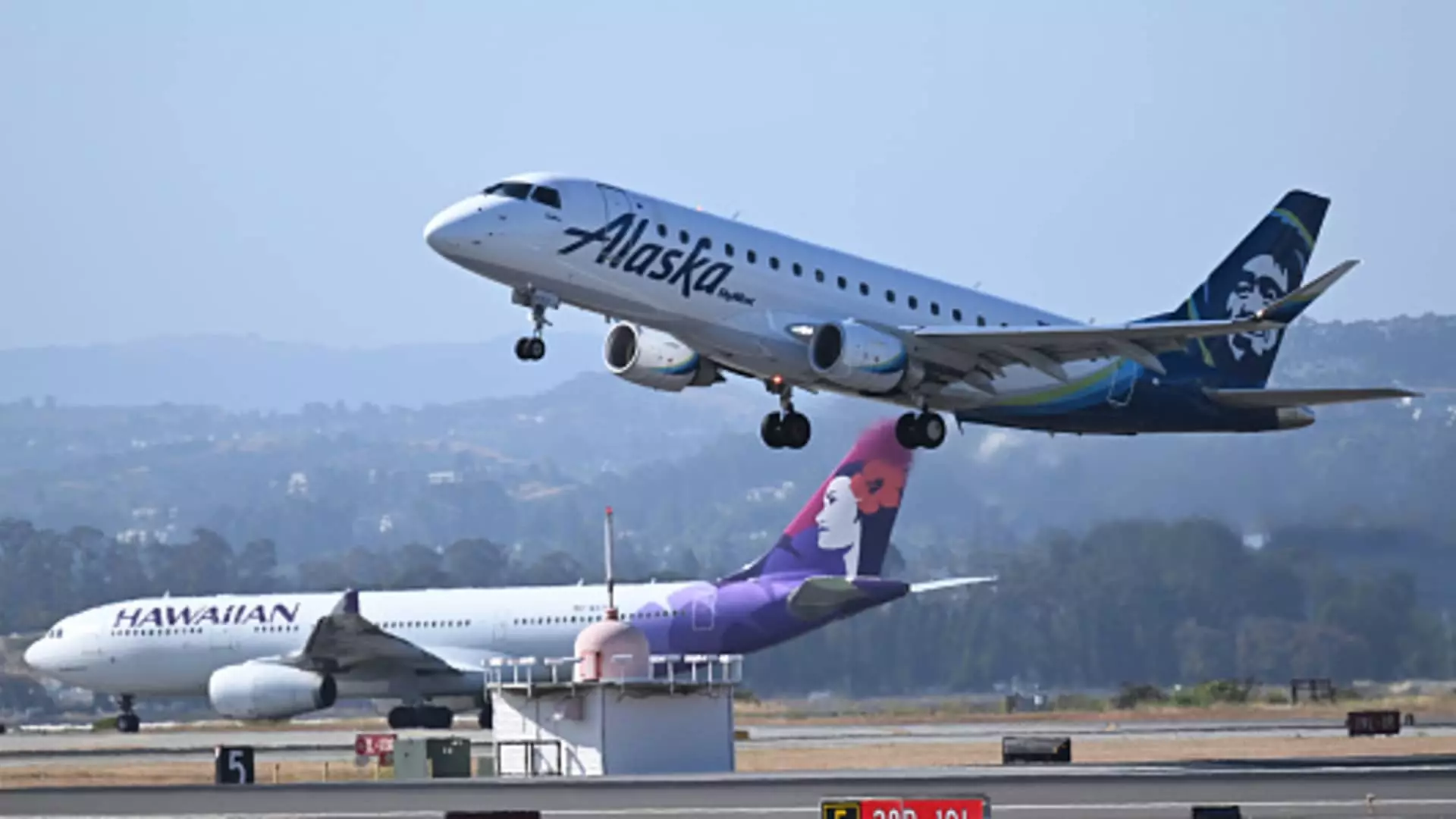Alaska Airlines has successfully cleared the U.S. Justice Department’s scrutiny in regards to its plan to acquire Hawaiian Airlines. This follows the expiration of the antitrust regulators investigation period without any lawsuits being filed to block the $1.9 billion merger that was announced eight months ago. The next step for the two airlines is to seek approval from the U.S. Transportation Department before the deal can be finalized. It remains uncertain how long this approval process will take, but it is a crucial step in the merger.
This positive development for Alaska Airlines comes after the U.S. Department of Justice recently won a court ruling that halted JetBlue Airways’ acquisition of Spirit Airlines. Last year, the DOJ also successfully challenged a partnership between JetBlue and American Airlines in the Northeast. These legal battles underscore the importance and complexity of regulatory approval processes in the airline industry.
Prior to the announcement of the merger, Hawaiian Airlines encountered several challenges including the Maui wildfires, increased competition from Southwest Airlines, and the slower recovery of travel to and from Asia due to the Covid-19 pandemic. Despite posting net losses in all but one quarter since the beginning of 2020, Hawaiian Airlines’ executives remain optimistic about improving booking trends. This optimism is reflected in the nearly 12% increase in Hawaiian’s shares this quarter, contrasting with the decline in most other airlines’ shares.
When Alaska Airlines and Hawaiian Airlines unveiled their merger plans last December, they announced that both carriers would maintain their individual brands while operating under a unified platform. The combined fleet of over 360 airplanes would serve more than 130 destinations, making this merger one of the largest in the U.S. airline industry since Alaska’s acquisition of Virgin America eight years ago.
The approval of Alaska Airlines’ acquisition of Hawaiian Airlines marks a significant milestone in the consolidation of the airline industry. Despite facing challenges and navigating complex regulatory processes, both carriers are optimistic about the potential benefits of the merger. As they move forward with seeking final approval from the U.S. Transportation Department, the future of the combined entity looks promising.

